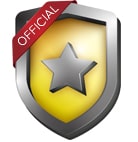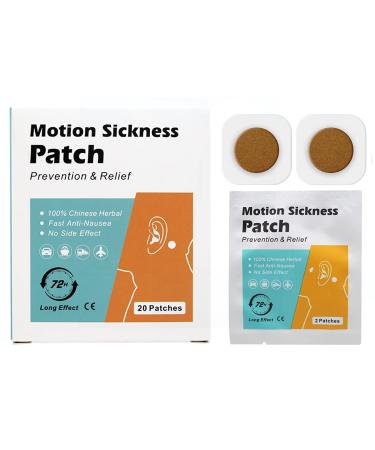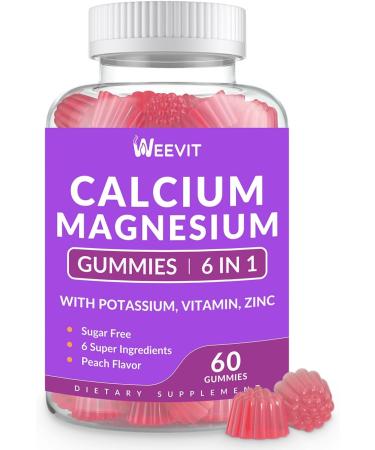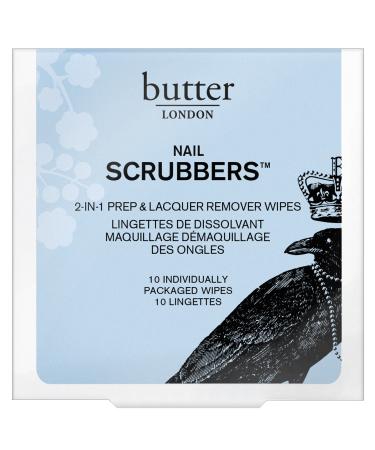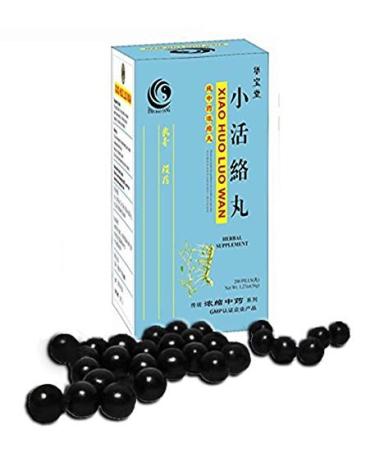? Rehabilitation Gloves Orthotics Stroke Hand Splint Assisted Gloves Training Equipment Minimizes Spasticity ?Features ? Patients with assistive function can reconstruct hand function through exercise, thereby restoring the ability to take care of themselves in daily life. ? Polymer soft gloves, a variety of flexible polymer materials, three-dimensional cutting, suitable for human hands, flexible air hand drive, simple and convenient. ? Small and convenient design, wearable, independent operation and maintenance. ? Simple operation, simple and efficient rotation control. ?Application of robotic rehabilitation gloves. ?Crush injuries and other hand injuries. ?Torn tendons and or ligaments and other tendon injuries. ?Peripheral nerve and other nervous system diseases. ?Fractures and dislocations. ?Arthritis or tendonitis ?Carpal Tunnel Syndrome ?Rehabilitation after stroke, etc. ?Specifications ?Product name: stroke hemiplegia finger rehabilitation massage trainer. ?Function: finger rehabilitation training, contracture stiffness correction, wrist joint correction ? Mode: Mode display, training timing, battery display, gear display ?Packing list: 1 host 1 Healing Gloves 1 Mirror Gloves 1 Training Ball 1 Charger 1 User Manual?Applicable people? - Suitable for functionally disabled hemiplegia patients, exercise wrist and fingers, improve muscle strength and increase joint mobility. Contracture stiffness can be prevented and corrected. Effectively relieves fatigue, stiffness and pain in finger joints. ?Promoting brain injury recovery?: Using air pressure as the driving force, it can automatically guide manual activities, carry out effective hand recovery training, and can also act on brain nerves and blood vessels to promote conservative treatment and postoperative rehabilitation of brain injury. ?Applicable people?: Rehabilitation Robot Gloves suitable for hemislegial patients with dysfunction, wrist and finger training, improving muscle strength and increg joint movement of joints. Restore the dual functions of fingers and hands, promote blood circulation. ?Helps self-healing?: Simultaneous movement of both hands can activate mirror neurons, copy the normal neural pathways from the hand to the affected area, and promote the recovery of the brain's autonomic nerves. Patients with assistive functions can restore hand function through exercise, thereby restoring the ability to take care of themselves in daily life. ?Rehab Robot Gloves?: Rehab robot gloves use two-handed mirror training to help patients recover neurons. The manipulator drives the hand with restricted mobility. Synchronized bimanual movements activate mirror neurons.
